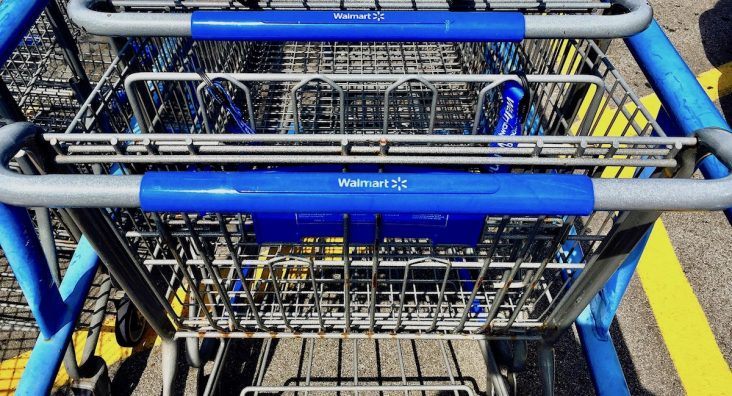Retail sales rebound in August despite economic pressures
by September 15, 2022 12:44 pm 600 views

Consumers kept spending in August despite the higher-than-expected core inflation rate. The U.S. Census Bureau said retail sales topped expectations with a 0.3% increase in August from the prior month at $683.3 billion, and were up 9.1% from the same month last year.
Retail sales fell 0.3% during the month without the automobile category, the government reported.
“Households continue to spend, supported by strong job growth and rising nominal incomes. However, households face headwinds from elevated inflation that is not yet showing any significant sign of abating,” said Rubeela Farooqi, an analyst with High Frequency Economics.
Economists at Wells Fargo Securities have pointed to lower gasoline prices in recent weeks and aggressive markdowns in apparel by retailers as other reasons supporting the sales bump.
The government report found food services and restaurant sales rose 1.1% in August compared to last month and were up 10.9% from a year ago. The government noted higher pricing was largely the reason for the increase. Online sales showed a 0.7% drop in August due to a tough comparison to July which included the Amazon Prime Day event, the report noted.
The National Retail Federation also reports key retail sales metrics that strip away automobiles, restaurants and gas stations sales to focus on core retail sales gains or losses.
“August retail sales show consumers’ resiliency to spend on household priorities despite persistent inflation and rising interest rates,” NRF President and CEO Matthew Shay said. “As we gear up for the holiday season, consumers are seeking value to make their dollars stretch. Retailers have been hard at work managing their supply chains and holiday inventories to provide consumers with great products, competitive prices and convenience at every opportunity.”
NRF reports core August retail sales rose 0.1% from July and were up 8% compared to a year ago. In July, sales were up 0.5% month over month and up 7.2% year over year. NRF’s numbers were up 7.3% year over year on a three-month moving average as of August. Sales were up 7.5% year over year for the first eight months of the year, keeping results on track with NRF’s forecast that 2022 retail sales will grow between 6% and 8% over 2021, Shay noted in the release.
“Household spending remains steady even as costs continue to rise,” noted NRF Chief Economist Jack Kleinhenz. “Consumers continuing to spend more each month points to the benefits of strong job and wage growth and their use of pandemic savings to help handle persistent elevated prices. Consumers are showing their toughness, but they have limited options and cannot continue if prices do not begin to soften. This retail sales report comes amid mixed signals from the broader economy that show the headwinds against the consumer are strengthening.”
NRF reports August sales were up in all but one retail category on a yearly basis, led by building material stores, online sales and grocery stores, and increased in all but four categories on a monthly basis. Building materials and garden supply stores were up 1.1% month over month, rising 13.4% year over year.
Rising interest rates that sent mortgage rates back to a 15-year high this month spelled some concern from home builders who reported muted consumer demand for new housing in recent weeks.
Online and non-store sales decreased 0.7% from July, but were up 12.3% from a year ago. Grocery and beverage store sales were up 0.5% from July and up 8% year-over-year. Sporting goods stores reported sales growth of 0.5% from a month ago and 7.1% higher year over year. Clothing sales rose 0.4% from July and are 3.7% higher than in August 2021. Health and personal care stores were down 0.6% month over month but were up 3.7% year over year. General merchandise stores were up 0.5% from July and up 3.2% year over year.
The declining categories included furniture and home furnishings stores with sales down 1.3% month over month, while ticking 0.1% higher year over year. Electronics and appliance stores sales were down 0.1% month over month and fell 5.2% year over year as more consumers pulled back on bigger ticket item purchases.
Economists note retail sales are not indexed for inflation that is running at 40-year highs in some categories.
